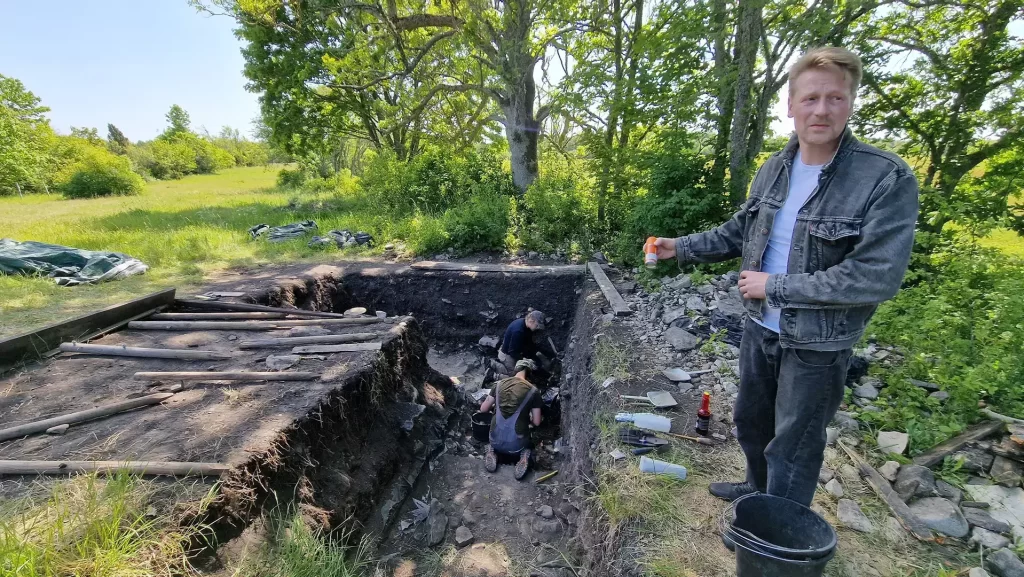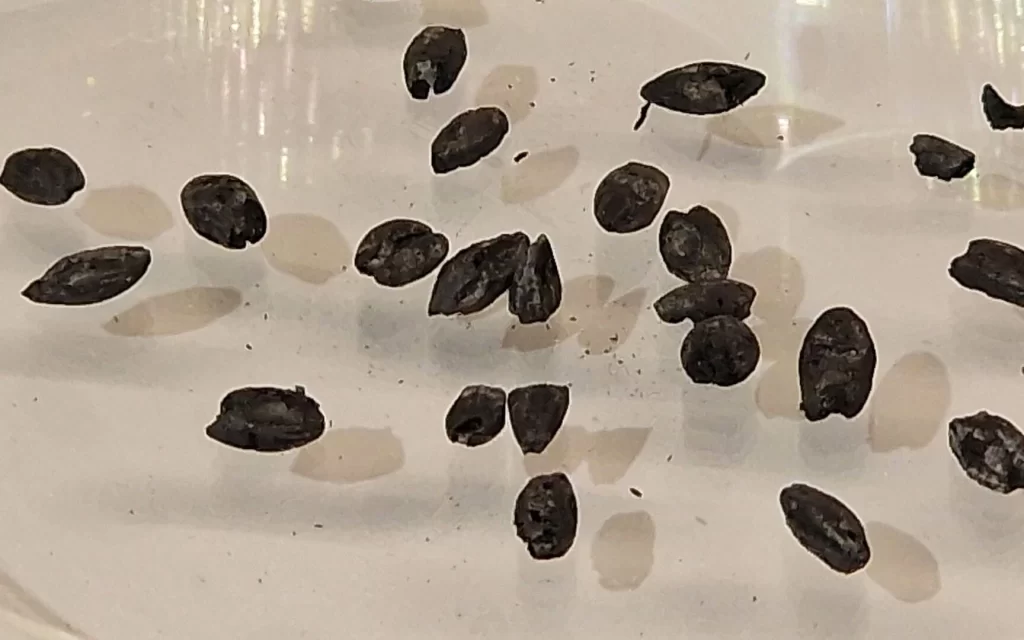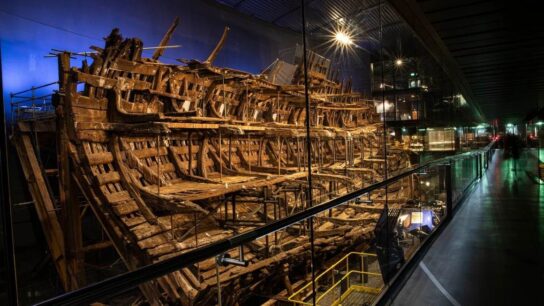Bronze Age Artifacts Found at Estonia’s Asva Mound
Recent excavations at the Asva mound in Saaremaa have uncovered a wide range of artifacts, including possibly 3,000-year-old barley grains, Estonia’s oldest eating utensils and the oldest horseshoes.

All of these indicate that Asva was inhabited during both the Bronze Age and the subsequent Viking Age of Salme ships burials.
Professor of archaeology at the Rostock University, Uwe Sperling, said that the discovery of 3,000-year-old barley grains was a stroke of luck. “Since we were the first archaeologists in Asva to use wet sieving, otherwise they might have never been discovered,” Sperling told “AK.”
Sperling said that the layer of charcoal preserved the grains after the settlement was destroyed.
And not just a handful of grains of barley were discovered in Asva, but enough to place a container of them in the cornerstone of the five-year-old Asva Viking Village for future generations to study. “We still have several hundred of them, at least 800,” Sperling said.
The historic bronze age settlement hill and the present Viking Village, also called Saaremaa Vikings, where the old story of Asva is told, are a mile apart.


Kajar Lember, the founder of the Viking village, said that Asva was inhabited both in the Bronze Age and much later in the Viking Age.
Asva excavations have gone through several phases over the last century. “And today, led by Uwe Sperling, we have made discoveries that are truly changing the world,” Lember said.
“This, I believe, is the new narrative, and the fact that this Bronze Age fortress was rebuilt during the Viking Age is also a relatively recent discovery.”
He said that early bronze production also took place in Asva. “There were no such raw materials locally; everything was brought in from afar, and the products made here were sent to other European countries. So, it is an amazing story from 3000 years ago.”
“This bronze story here in Asva is still of greater historical significance, but what makes this Viking account interesting again is that it has the same date as the Salme shipwrecks. This again demonstrates that we were 50 years ahead of the Vikings of Scandinavia, and that there was also life on this part of the world at the time. What I mean is that Saaremaa is a Viking island and Estonia is a Viking country of origin, and these are the facts as they stand today,” Lember explained.
Sperling said 30,000 kilograms of pottery have been unearthed over an area of 60 square meters. They have also discovered 2,000 bronze molds. “You won’t find them very often anywhere else because they are made of clay and thus perishable.
Extremely rare, the oldest horse, the oldest horse equipment, an elk horn plow blade and a reindeer horn spoon, the oldest cutlery unearthed in Estonia, in superb shape. There are many surprises here,” Sperling explained.
Also, a few days ago, a 3,000-year-old dog feces was discovered in a nearly two-meter-deep excavation.

“Because of its preservation and our advanced analysis techniques, we can send it to a lab to figure out what dogs and humans ate,” Sperling explained, adding that stools this old had never been discovered before.



